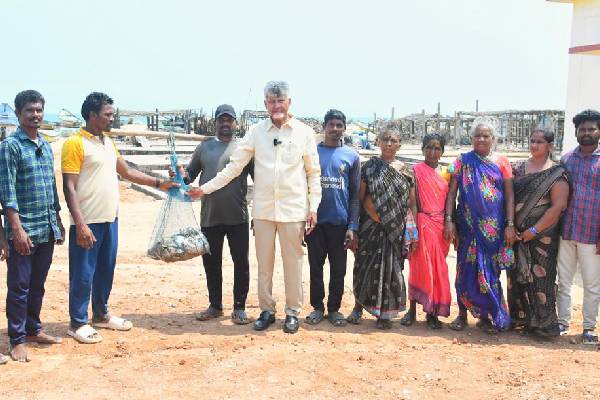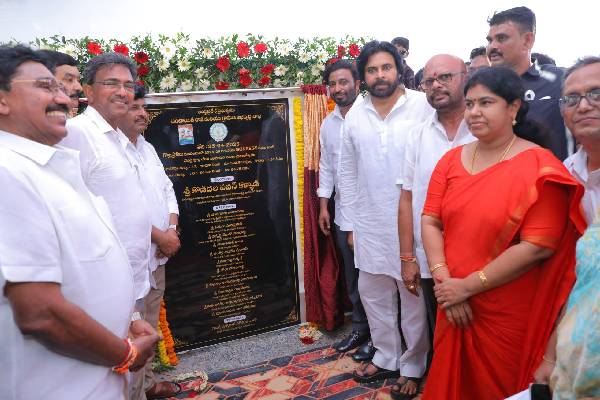SpaceX successfully completed another milestone in its Starship testing program today, opting for a water landing instead of a tower catch for its massive Super Heavy booster during Flight 6. The test, which took place at SpaceX’s Texas facility, demonstrated the company’s ability to adapt its landing strategy mid-mission.
The sixth integrated Starship test flight began on schedule at 4 PM local time in Texas, with initial plans targeting a tower catch similar to Flight 5’s successful maneuver. Despite early indicators that the launch tower was ready for a catch attempt, SpaceX’s team made a strategic decision to divert the booster to a water landing.
During the flight, SpaceX’s mission control continuously evaluated the safety criteria for both the tower catch and surrounding areas. While the launch tower received clearance for a catch attempt, the mission team called for an “offshore divert” approximately four minutes after launch, before the final landing burn sequence began.
The water landing proved to be a precisely orchestrated sequence of events. After separating from the Starship upper stage, the Super Heavy booster performed its initial engine reignition, followed by controlled descent maneuvers. The booster then executed its final landing burn using its Raptor engines before making a controlled approach to the water.
The Super Heavy booster, measuring an impressive 232 feet in height, executed a controlled water landing in the Texas Gulf Coast waters. The touchdown sequence concluded with a gentle vertical descent into the water, followed by an expected splash explosion. Notably, the booster remained mostly intact after splashdown, floating at an angle in the water.
This latest flight marks another significant step in SpaceX’s Starship development program. The successful execution of an alternative landing strategy demonstrates the program’s flexibility and commitment to safety. While different from the planned tower catch, the water landing provided valuable data for future missions and proved the vehicle’s capability to safely execute various landing scenarios.
-Sanyogita



































